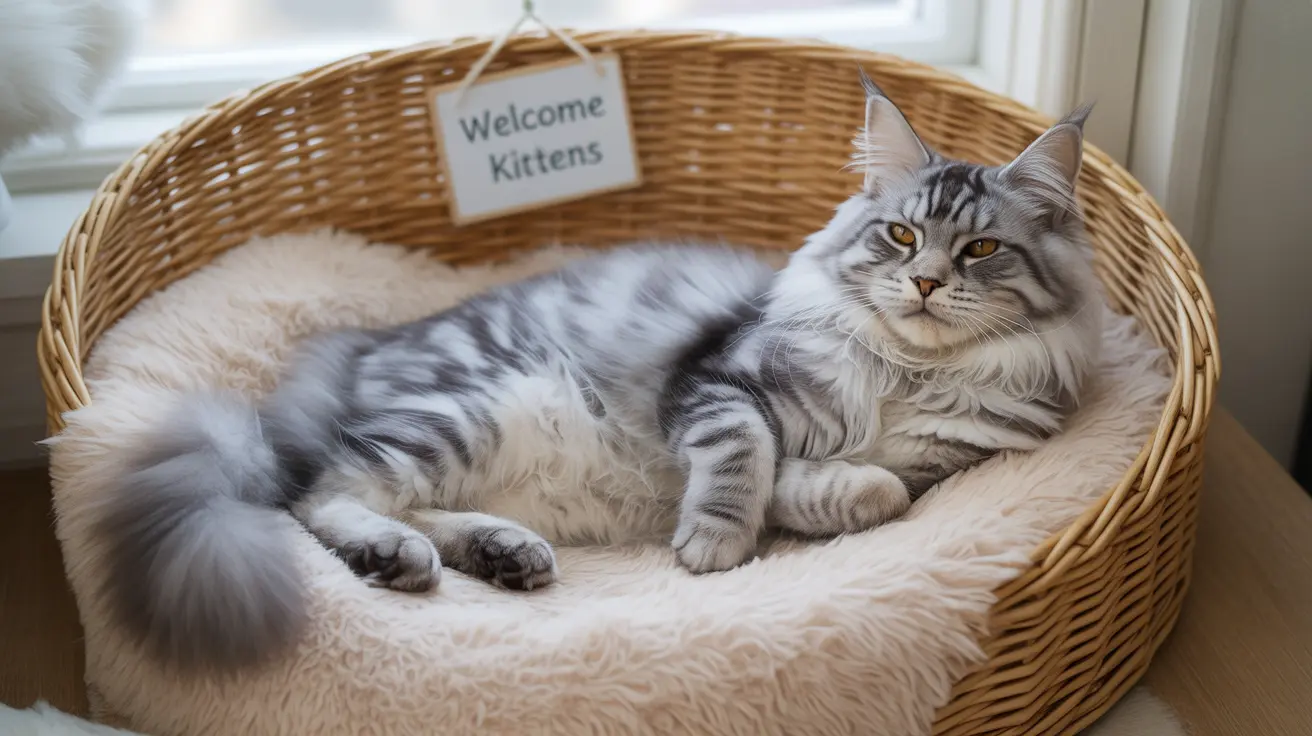Expecting a litter of kittens? Understanding your cat's pregnancy journey through visual markers and weekly changes is crucial for ensuring a healthy pregnancy. This comprehensive guide walks you through each stage of feline pregnancy, complete with what to look for and when to expect key developmental milestones.
From the subtle early signs to the dramatic physical changes of late pregnancy, we'll explore what your pregnant queen will experience during her approximately 63-65 day gestation period. Whether you're a first-time cat breeder or caring for an unexpectedly pregnant rescue, this visual timeline will help you track your cat's progress and prepare for the arrival of her kittens.
Early Pregnancy Signs: Weeks 1-3
During the first three weeks, visual changes are subtle but significant. Initially, you won't notice any physical differences, as the embryos are microscopic and just beginning to develop. However, by week 3, the first visible sign appears: your cat's nipples will begin to "pink up," becoming larger and darker in color.
Key visual indicators to document during this period include:
- Nipple color changes (usually appearing around day 16-20)
- Slight fullness in the abdomen
- Minor changes in behavior or activity levels
Middle Stage Changes: Weeks 4-6
The middle stage of pregnancy brings more noticeable physical changes. Your cat's abdomen will begin to swell visibly, especially in weeks 5-6. This is an excellent time to start taking weekly photographs to track these changes.
Document these visual developments:
- Growing abdominal distention
- Increasingly prominent nipples
- Changes in fur pattern around the belly
- Weight gain becoming more apparent
Late Pregnancy Transformation: Weeks 7-9
The final weeks of pregnancy bring the most dramatic visual changes. Your queen's abdomen will be noticeably swollen, and you might even see kittens moving beneath her skin. This is the perfect time to capture these remarkable changes in photographs.
Notable visual markers include:
- Significantly distended abdomen
- Milk-filled mammary glands
- Thinning fur around nipples
- Visible fetal movement through the abdominal wall
Preparing for Birth: The Final Days
In the last week before delivery, your cat will show distinct physical and behavioral changes that signal approaching labor. These final days provide compelling visual documentation opportunities of your cat's pregnancy journey.
Look for and photograph:
- Nesting behaviors
- Changes in posture and gait
- Final abdominal growth
- Milk production signs
Frequently Asked Questions
What are the key physical changes in a pregnant cat week by week?
The most notable changes include nipple enlargement and darkening (week 3), gradual abdominal swelling (weeks 4-6), and significant belly expansion with visible kitten movement (weeks 7-9).
How can I recognize early signs of pregnancy in my cat from week 1 to week 4?
Early signs include subtle behavioral changes, pinking up of nipples around week 3, and mild weight gain. Physical changes are minimal during the first four weeks but become more apparent afterward.
When do a pregnant cat's nipples change color and size, and why is this important?
Nipples typically change color and size around days 16-20 of pregnancy. This "pinking up" is often the first reliable visual indicator of pregnancy and should be documented in your weekly photos.
How do pregnant cat behaviors like nesting and appetite change as labor approaches?
In the final weeks, cats typically show increased nesting behavior, may become more vocal, and often experience appetite changes. These behavioral shifts usually intensify 24-48 hours before labor begins.
When should I start preparing a nesting area for my pregnant cat and what should it include?
Begin preparing a nesting area around week 7 of pregnancy. Include a quiet, warm space with a low-sided box lined with clean, soft bedding. The area should be away from household traffic and other pets.
Conclusion
Documenting your cat's pregnancy through weekly photographs provides not only precious memories but also valuable information for monitoring her health and development. Remember to share these images with your veterinarian during check-ups to ensure your queen's pregnancy is progressing normally.
Keep your camera ready and create a consistent routine for taking pictures, ideally at the same time each week and from similar angles. This visual record will help you better understand and support your cat throughout her pregnancy journey.






